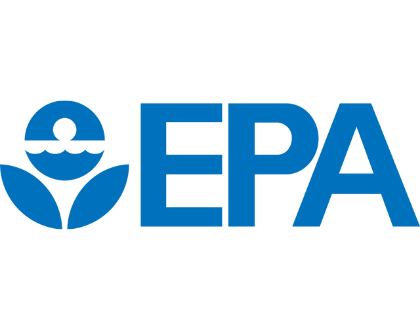PFAS Strategic Roadmap: EPA's Commitments To Action 2021-2024
 On October 18, 2021, EPA Administrator Michael S. Regan announced the agency’s PFAS Strategic Roadmap—laying out a whole-of-agency approach to addressing per- and polyfluoroalkyl substances (PFAS).
On October 18, 2021, EPA Administrator Michael S. Regan announced the agency’s PFAS Strategic Roadmap—laying out a whole-of-agency approach to addressing per- and polyfluoroalkyl substances (PFAS).
The roadmap sets timelines by which EPA plans to take specific actions and commits to bolder new policies to safeguard public health, protect the environment, and hold polluters accountable. The actions described in the PFAS Roadmap each represent important and meaningful steps to safeguard communities from PFAS contamination. Cumulatively, these actions will build upon one another and lead to more enduring and protective solutions.
The RV Industry Association has provided an overview of the PFAS Strategic Roadmap and key actions below, or click here to read the complete EPA PFAS Strategic Roadmap.
EPA Council on PFAS
EPA Administrator Michael Regan established the EPA Council on PFAS in April 2021 and charged it to develop a bold, strategic, whole-of-EPA strategy to protect public health and the environment from the impacts of PFAS. The Council, comprised of senior technical and policy leaders from across EPA program offices and Regions and is chaired by Assistant Administrator for Water Radhika Fox and Acting Region 1 Administrator Deb Szaro, was asked to take concrete actions during the first term of the Biden-Harris Administration.
The EPA’s approach is shaped by the unique challenges posed by PFAS contamination and is centered on the following principles:
- Consider the Lifecycle of PFAS: The EPA will account for the full lifecycle of PFAS, their unique properties, the ubiquity of their uses, and the multiple pathways for exposure.
- Get Upstream of the Problem: The EPA will bring deeper focus to preventing PFAS from entering the environment in the first place—a foundational step to reducing the exposure and potential risks of future PFAS contamination.
- Hold Polluters Accountable: The EPA will seek to hold polluters and other responsible parties accountable for their actions and for PFAS remediation efforts.
- Ensure Science-Based Decision-Making: The EPA will invest in scientific research to fill gaps in understanding of PFAS, to identify which additional PFAS may pose human health and ecological risks at which exposure levels, and to develop methods to test, measure, remove, and destroy them.
- Prioritize Protection of Disadvantaged Communities: When taking action on PFAS, the EPA will ensure that disadvantaged communities have equitable access to solutions.
Partnering for Progress
As the EPA takes the actions outlined in the roadmap, the Agency is committed to transparent, equitable, and inclusive engagement with all stakeholders to inform the Agency’s work. With the release of the roadmap, EPA is beginning a national engagement effort as it seeks to partner for progress on PFAS. These include:
- National webinars: In the coming weeks, EPA will hold national public webinars to share the strategic roadmap and the actions EPA has announced.
- Stakeholder listening sessions. The EPA will be conducting a series of stakeholder briefings with non-governmental organizations; Congressional stakeholders; Federal agency partners; Tribal, state and local governments; environmental justice organizations; and industry groups.
- A focus on impacted communities. As outlined in the roadmap, the EPA will also engage directly with affected communities in every EPA region to hear how PFAS contamination impacts their lives and livelihoods, building on a recommendation from the EPA’s National Environmental Justice Advisory Council.
Please Sign in to View
Log in to view member-only content.
If you believe you are receiving this message in error contact us at memberservices@rvia.org.
